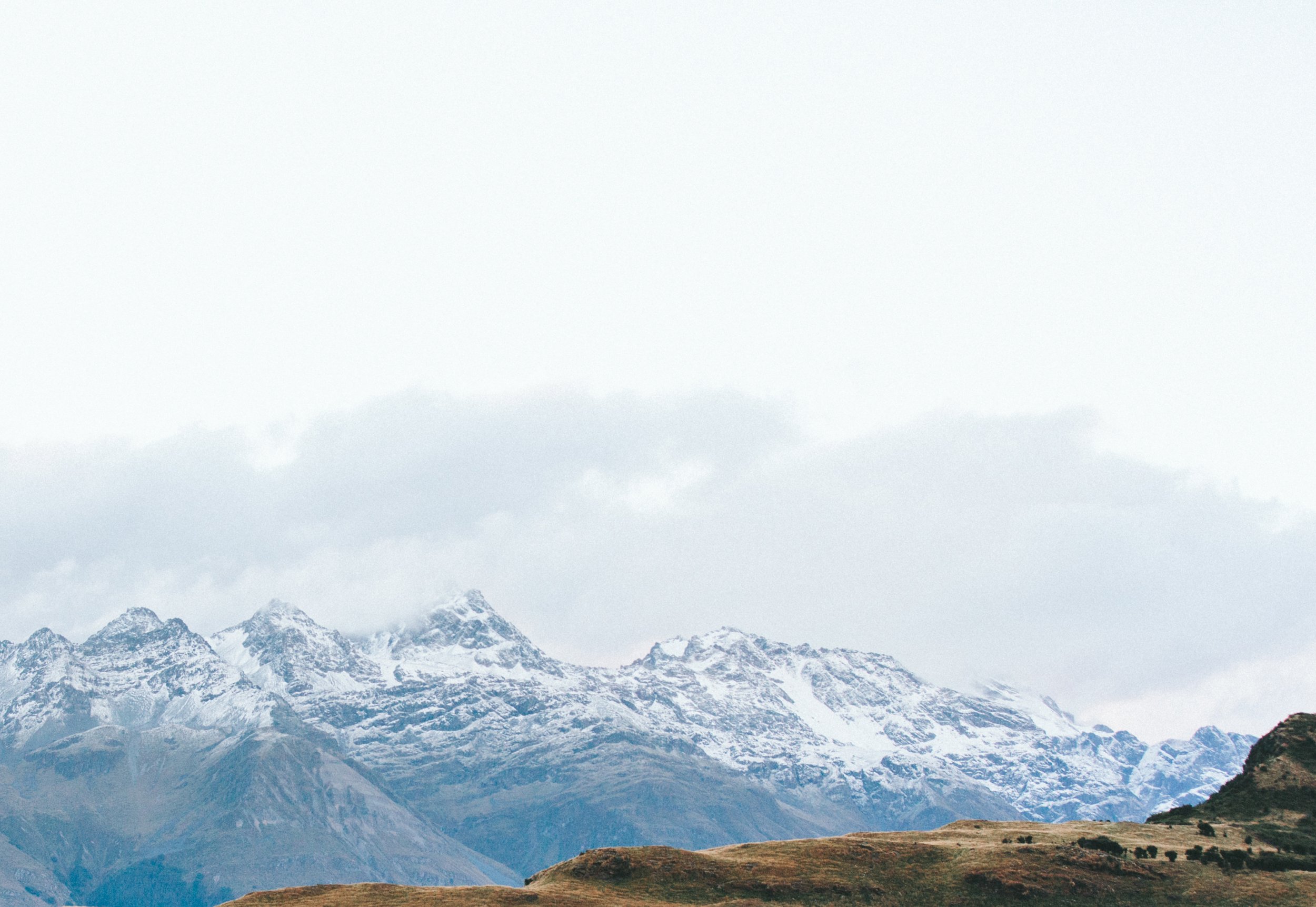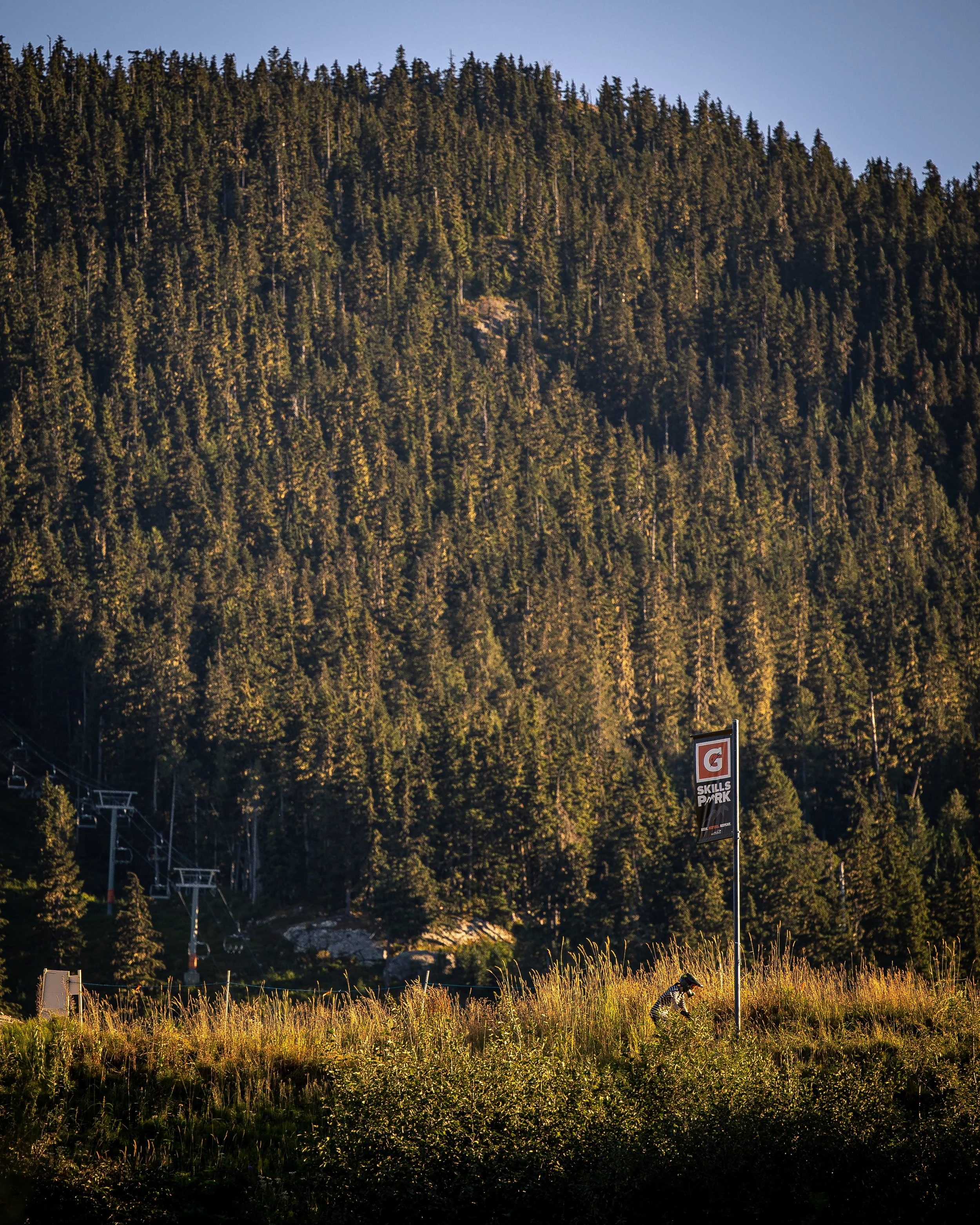
Safety
Welcome to the Snow & Bike School Safety page

These manuals contains the lift and terrain guidelines for levels. These rules apply to ALL lessons (kids, adults, groups and privates). All staff are required to follow the information within.
Not knowing the information contained in this manual is not an excuse.
A copy of this manual is to be easily accessible at all times. In winter, we have print versions you should carry in your uniform pocket at all times. Please see your supervisor if you do not have one.
In Summer you are expected to have this pdf saved on your phone. You can download a copy here.